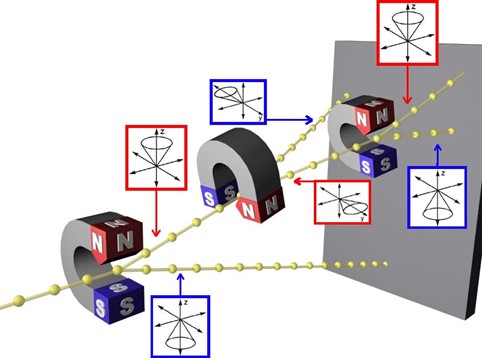Final Exam Part 3¶
👨🏫 Overview:
This is Part 3 of 3 Parts of your Final Exam/Project.
- Part 1. Questions on the Course Material. (40%)
- Part 2. Applying the Course material. (40%)
- Part 3. Discussing your exam and the Course Material. (20%)
You must submit your Jupyter notebooks for Part 1 and Part 2 at least 48 hours prior to your appointment for Part 3. You will be given your grade on Part 1 and Part 2 before the oral exam, so that you know what your status is. *For late submission of Part 1 and/or Part 2, I will deduct 2 points per hour.
📖 Rules for "Open Book" Exam:
Like all other portions of this exam, this part of the exam is open notes and open library. It is "open internet search" but you (obviously!) can't post questions on an internet discussion board or homework/problem/exam help site. You are not allowed to communicate with your classmates or any other human being (except me) about these questions or your responses, and this includes human beings (singular or plural, known or anonymous) online.
💯 Grading:
When we discuss Parts 1 and 2 of the exam, your grade will be "plus", "minus" or "neutral." You can gain, or lose, up to 20 points based on your performance on the oral portion of the exam.
- A "plus" response indicates that you know the answer to the question, and can expound upon it and related topics with mastery.
- A "minus" response indicates that while you may have answered a question correctly, you "got the right answer for the wrong reason" or your understanding of the topic being tested is only superficial. A "minus" response is also indicative of cases where you simply can't answer a question. If for whatever reason you do not schedule an oral exam, that will be taken as a "minus" response for all questions. Don't do this: it will be -40% on your final exam grade.
- A "neutral" response is the default, and is anything except mastery ("plus") or naïvté ("minus"). I anticipate that most responses will be "neutral".
In addition to discussing your answers in Parts 1 and 2, we will discuss the following questions. Each question group has 6 questions in it. I will randomly select one question from each group; we will then discuss that question. Each question will be graded "plus" (5 points) "minus" (0 points) or "neutral" (3 points). You can score up to 20 points on this portion of the exam, and the "default" score would be about 12 points.
📜 Instructions: Be prepared to discuss the following questions/topics. I will randomly select 1 question from each group.
